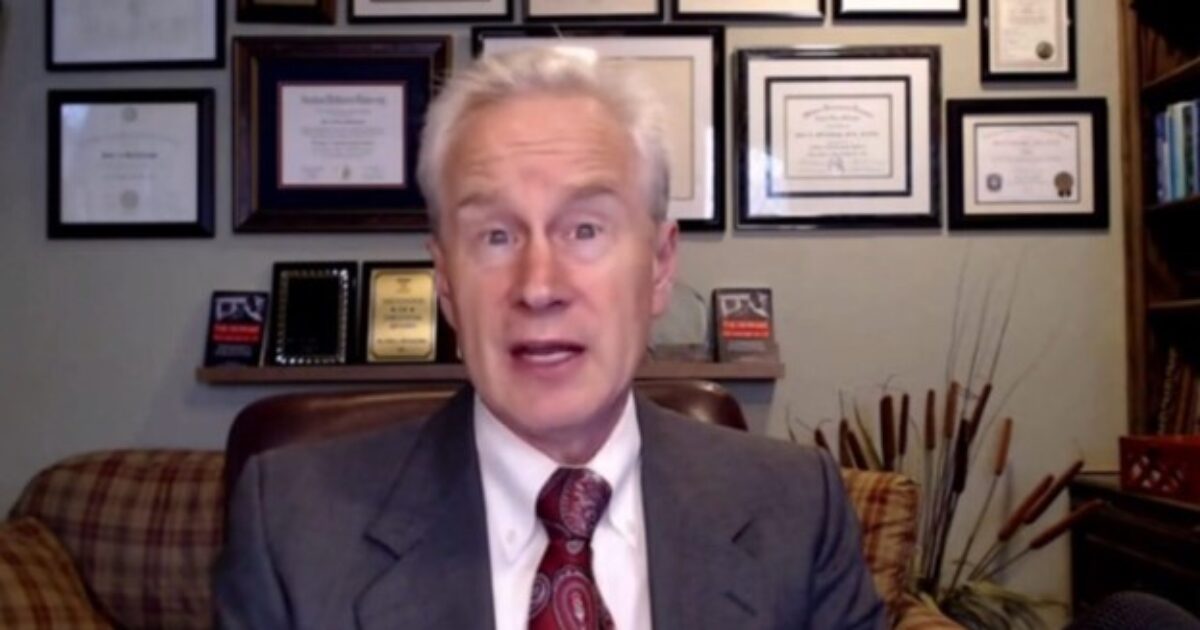The political landscape shifted dramatically in the 2025 off-year elections, delivering a series of significant victories for the Democratic Party. These contests, unfolding in the shadow of the fiercely contested 2024 presidential election that saw Donald Trump ascend to the presidency, revealed a renewed energy and strategic positioning within the Democratic ranks.
In New Jersey, Representative Mikie Sherrill defied expectations, securing a gubernatorial win in a state where Trump had made considerable inroads during the previous year. Her victory wasn’t simply a holding of the line; it was a testament to her deep connection with New Jersey voters, a connection forged through countless conversations and a genuine understanding of their concerns.
Just across the border, Virginia witnessed history in the making. Former Representative Abigail Spanberger shattered the glass ceiling, becoming the first female governor of the Old Dominion State. Her campaign resonated with a message of pragmatism and a commitment to tackling the issues that truly mattered to Virginians – affordability, safety, and economic opportunity.
But the most striking outcome came in New York City, where Zohran Mamdani, a democratic socialist, toppled a long-standing political dynasty to become the city’s next mayor. His ascent was meteoric, fueled by a progressive platform that promised a city for all, one where housing was affordable and basic services were accessible to everyone.
Mamdani’s victory sent shockwaves through the political establishment, drawing immediate and scathing criticism from former President Trump. Trump, known for his combative style, wasted no time in labeling Mamdani a “Communist Lunatic” and raising concerns about antisemitism, igniting what promises to be a prolonged and bitter political feud.
The election wasn’t limited to these headline-grabbing races. Democrats also secured key victories in Pennsylvania, retaining control of the state’s Supreme Court, and flipped the Virginia Attorney General’s office. These wins, while less publicized, underscored the breadth of the Democratic resurgence.
Meanwhile, in California, Governor Newsom enacted a redistricting plan designed to reshape the state’s congressional map, potentially flipping several Republican-held seats to Democratic control. This move, framed as a response to Republican redistricting efforts elsewhere, highlighted the increasingly partisan battle for political dominance.
Business leaders and conservative voices expressed deep concern over Mamdani’s policies, warning of an exodus of businesses and a crippling blow to the city’s economy. Proposals to raise corporate taxes and shift the tax burden sparked fears of a mass departure, potentially undermining New York City’s status as a global financial hub.
The 2025 elections weren’t just about winning seats; they were about defining the future of the Democratic Party. The rise of leaders like Sherrill, Spanberger, and Mamdani signals a potential shift in the party’s direction, a move towards a more progressive and populist agenda. The coming years will reveal whether this new generation can deliver on their promises and navigate the complex challenges facing the nation.
For Republicans, the election cycle served as a stark wake-up call. The failure to gain traction in key races underscored the need for a reassessment of their strategies and a more compelling message that resonates with a broader electorate. The political battles are far from over, and the stage is now set for a new era of intense competition.






